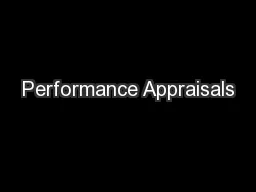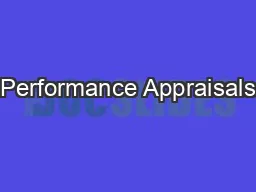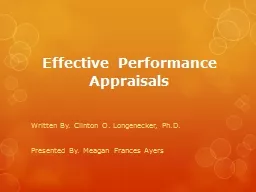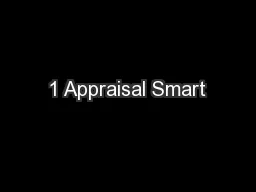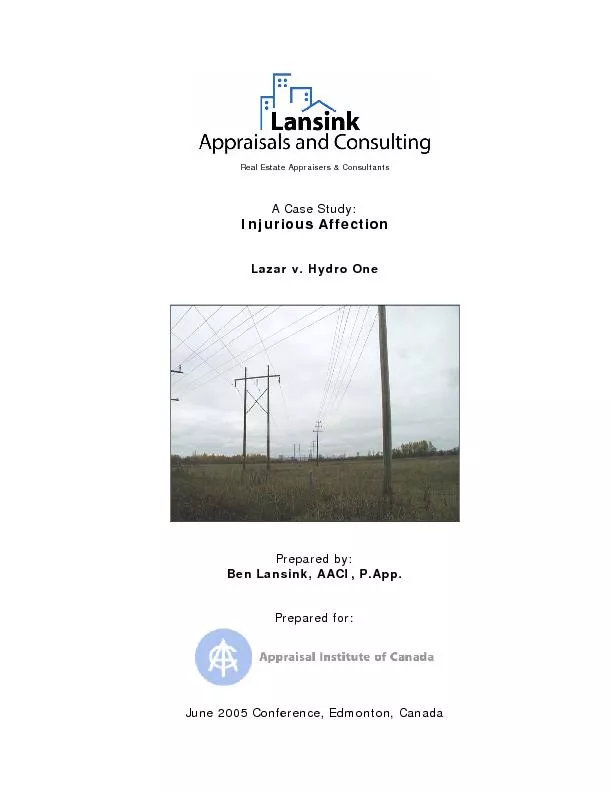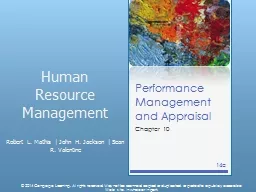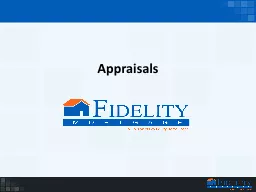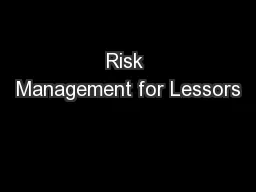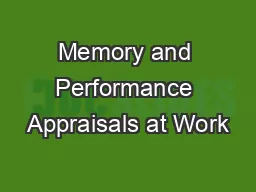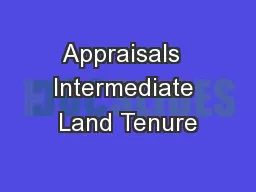PPT-Performance Appraisals
Author : cheryl-pisano | Published Date : 2017-03-18
Anh Dang Jan Ruecker James Choi Jarrett Robbins Sakshi Sachdev Shan Moin Group B1 What is Performance Appraisal It is the process of obtaining analyzing
Presentation Embed Code
Download Presentation
Download Presentation The PPT/PDF document "Performance Appraisals" is the property of its rightful owner. Permission is granted to download and print the materials on this website for personal, non-commercial use only, and to display it on your personal computer provided you do not modify the materials and that you retain all copyright notices contained in the materials. By downloading content from our website, you accept the terms of this agreement.
Performance Appraisals: Transcript
Anh Dang Jan Ruecker James Choi Jarrett Robbins Sakshi Sachdev Shan Moin Group B1 What is Performance Appraisal It is the process of obtaining analyzing. http://www.nugentappraisal.com/ | Our appraisal team is comprised of accredited appraisers as well as research professionals that are uniquely qualified to meet a range of appraisal needs. Chapter 1. Appraisal. Appraisal report. Appraisal standards. Competency Rule. Eminent domain. Ethics Rule. Formal appraisal. Highest and best use. Informal appraisal. Jurisdictional Exception Rule. Legal transactions. Fidelity Appraisals provides a staff of fully licensed appraisal experts for reliable and certified appraisal services and valuation reports throughout the United States. Following Federal regulations and industry standards, we provide accurate appraisals for both commercial and private party clients. Agenda. Eligibility for performance ratings. Preparing the appraisal. The electronic form. Conducting the appraisal. Consequences of rating. Elements of a valid appraisal. 2014 performance plans. Eligible for a Rating. Written By. Clinton O. Longenecker, Ph.D.. Presented By. Meagan . Frances . Ayers. When Do We Care?. “The ironic part about appraising managers is that it doesn’t get a lot of attention in most organizations until appraisal time or unless there is a problem, which is ironic given the importance we place on them (appraisals).” – A Senior HR Manager’s Observation. Quickstart Guide for Appraisors. Last updated: . 28 January 2011. 2. Welcome to the Appraisal Smart System. This abbreviated, step-by-step guide is designed to help you quickly and easily through the . Subject Site and Easement Location Illustration Source: Teranet Enterprises Inc., GeoWarehouseAerial Photo Illustration Source: Ministry of Natural Resources, Ontario. Copyright 2005, Lansink Appr the NHS critically depends on every member of staff: having a clear understanding of their role and the part they play in their team and organisation having an agreed set of priorities and objectives Chapter 10. 14e. Performance Management versus Performance Appraisal. The Nature of Performance Management. Figure . 10.2 - . Components of a Performance-Focused . Culture. Identifying and Measuring Employee Performance. What is an Appraisal?. The appraisal is a very lengthy document that gives all the details if the home and the appraisers opinion of it’s value. . The value has to be supported by market data that the appraiser includes in the report. . Paul Dwyer. Head of . Risk. Topics. Why Risk Management. Asset Risk. Credit Risk. Jurisdictional Risk and Repossession Considerations. Insurance. Why Risk Management . . . Airline Stops and Starts. Module from SIOP. Process by which employees are given feedback on job performance. Often annual or semi-annual. The question: How is a boss supposed to remember what each employee did or didn’t do? . Session 5: Performance Management. Ongoing communications. Performance Communication Process. Forms and process. Difficult conversations. Common biases . Performance Improvement Plans. 2. Supervisor Toolbox. June 28, 2017 Salt Lake City, UT. USDOI, Office of Valuation Services. Mike Ward, RPRA . Client Service Manager – BLM/PLD Team. Lakewood, CO 303.969.5375. Doug Braun, MAI, AI-GRS . Team Lead – BLM/PLD Team, .
Download Document
Here is the link to download the presentation.
"Performance Appraisals"The content belongs to its owner. You may download and print it for personal use, without modification, and keep all copyright notices. By downloading, you agree to these terms.
Related Documents

